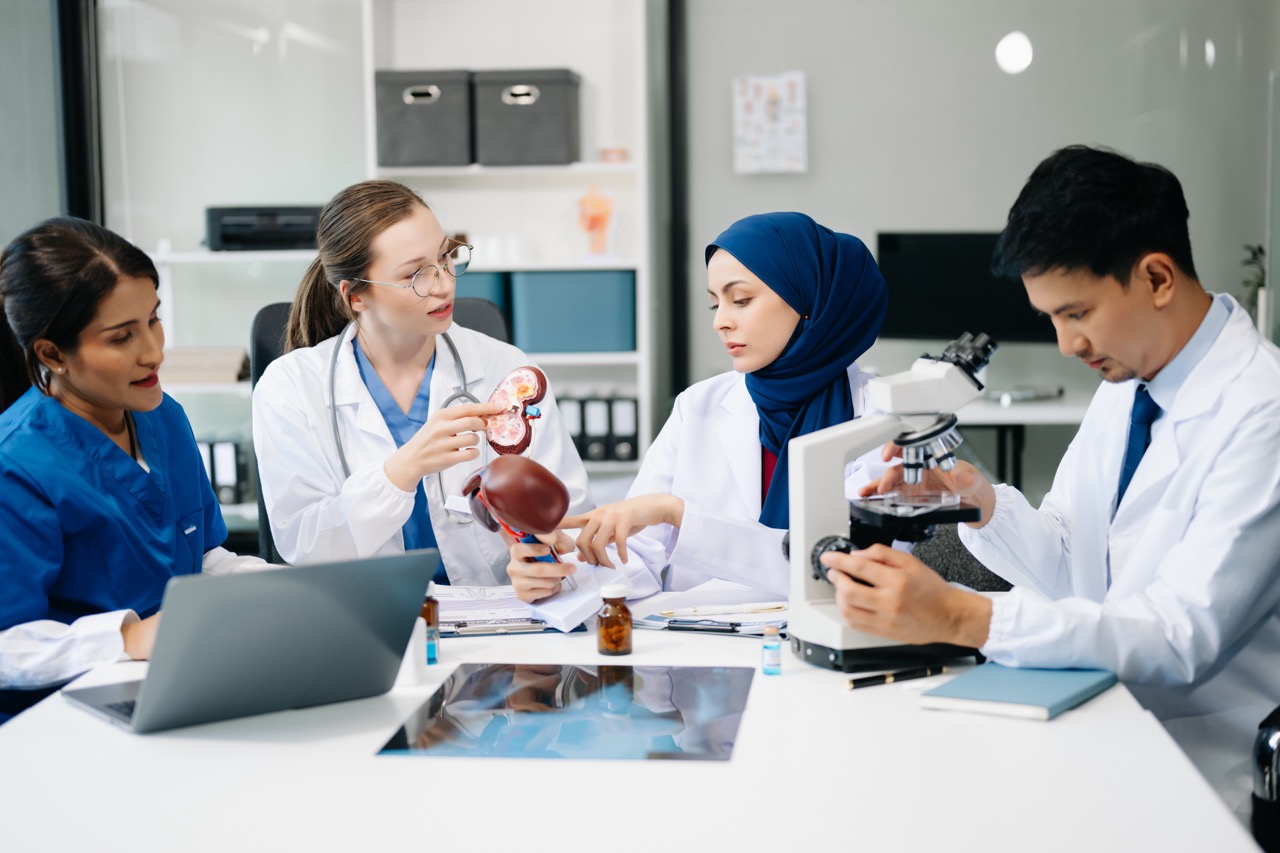The study of paranormal phenomena has long captured the imagination of both scientists and the general public. Despite the skepticism that often surrounds such investigations, the application of scientific methods can provide valuable insights into unexplained experiences. Laboratories play a crucial role in these studies by offering controlled environments where researchers can apply advanced technology and rigorous methodologies to validate or disprove paranormal claims. This article explores the multifaceted role of labs in the realm of paranormal research, considering the scientific approach, technological advancements, the significance of controlled environments, and the analysis of data.
Understanding the Scientific Approach to Paranormal Research
The scientific approach to paranormal research is grounded in a quest for empirical evidence. Researchers begin by formulating hypotheses based on anecdotal accounts of paranormal phenomena, such as ghost sightings or unexplained sounds. Following the scientific method, they design experiments to test these hypotheses, ensuring that they adhere to principles of objectivity and reproducibility. This methodical approach aims to separate genuine instances of paranormal activity from psychological or environmental factors that may explain such phenomena.
Incorporating skepticism is integral to the scientific process; researchers must remain open to the possibility that their findings may not confirm their original hypotheses. This attitude helps to refine the research questions and improve methodologies over time. By documenting procedures and findings meticulously, scientists can invite peer review, fostering a culture of accountability and enhancing the credibility of their work.
Moreover, collaboration across various disciplines enriches paranormal research. Involving experts in psychology, physics, and even theology can provide a broader context for understanding experiences labeled as paranormal. This interdisciplinary approach allows researchers to examine the multifaceted nature of human perception, belief systems, and the environmental variables that contribute to reported paranormal occurrences.
Advanced Technology Used in Paranormal Investigations
Modern paranormal investigations leverage advanced technology to gather data that was previously unmeasurable. Devices such as electromagnetic field (EMF) meters, infrared cameras, and audio recorders are commonly employed by researchers to detect anomalies during investigations. These tools allow scientists to monitor environmental conditions and capture potential evidence of paranormal activity, such as sudden temperature drops or unexplained noises.
In addition to traditional investigative tools, laboratories are increasingly using sophisticated technologies such as thermal imaging and spectral analysis. Thermal imaging cameras, for example, can detect heat signatures that may indicate the presence of an entity, while spectral analysis can reveal chemical changes in the environment. These technologies enhance the ability of researchers to discern between ordinary and extraordinary phenomena and contribute to a more thorough investigation of reported experiences.
Furthermore, the integration of artificial intelligence and machine learning into paranormal research holds great promise. These technologies can help analyze vast amounts of data, identifying patterns and anomalies that may evade human observers. By automating parts of the analysis process, researchers can focus on interpreting findings and exploring their implications, potentially leading to new understandings of what constitutes the paranormal.
The Importance of Controlled Environments in Labs
Controlled environments are essential for rigorous paranormal research, as they minimize external variables that could skew results. Laboratories can simulate various conditions, isolating specific factors to determine their influence on reported paranormal experiences. For instance, researchers might study the effects of low-frequency sound waves, which have been linked to feelings of unease or hallucinations, in a controlled setting to evaluate their potential role in paranormal encounters.
Moreover, conducting experiments in labs allows for a repeatable process that is a cornerstone of scientific inquiry. When outcomes can be replicated under the same conditions, the validity of the findings is strengthened. Researchers can systematically alter one variable at a time, providing a clearer understanding of how different factors contribute to the perception of paranormal phenomena.
Additionally, controlled environments facilitate the collection of qualitative data through interviews and interaction with participants. By creating a safe and neutral space, researchers can encourage open dialogue about personal experiences, while also collecting physiological data through monitoring equipment. This combination of qualitative and quantitative data enriches the research and provides a more comprehensive understanding of the factors at play in paranormal claims.
Analyzing Data: Validating Paranormal Claims Through Science
The analysis of data gathered during paranormal investigations is critical for validating claims. Researchers employ statistical methods to determine the significance of findings, distinguishing between random occurrences and patterns that may suggest paranormal activity. By meticulously analyzing data collected from various sources, including video footage, audio recordings, and environmental readings, scientists can build a case for or against the existence of paranormal entities.
Furthermore, the use of software tools for data analysis enhances the precision of research outcomes. Programs designed for analyzing sound, light, and other sensory data can provide insights that may not be readily apparent to the naked eye. This technological assistance is particularly important in identifying subtle anomalies that could indicate the presence of unexplained forces or entities, allowing for a more nuanced interpretation of the data.
Ultimately, the convergence of data analysis and scientific inquiry allows researchers to draw meaningful conclusions about paranormal claims. Even when results do not affirm the existence of paranormal phenomena, the rigorous procedures followed can still yield valuable insights into human psychology, environmental influences, and the nature of belief itself. This evidential basis not only helps clarify the complexities of reported experiences but also invites further inquiry into the unknown.
The role of labs in studying paranormal phenomena underscores the importance of a scientific approach to what is often dismissed as mere superstition or myth. By utilizing advanced technology, establishing controlled environments, and rigorously analyzing data, researchers can explore the mysteries that lie beyond our current understanding. While the existence of paranormal phenomena remains a contentious issue, the efforts made within laboratories contribute invaluable knowledge that advances both science and our comprehension of human experience. As technology and methodologies continue to evolve, the potential for groundbreaking discoveries in the realm of the paranormal remains an intriguing frontier for investigation.










